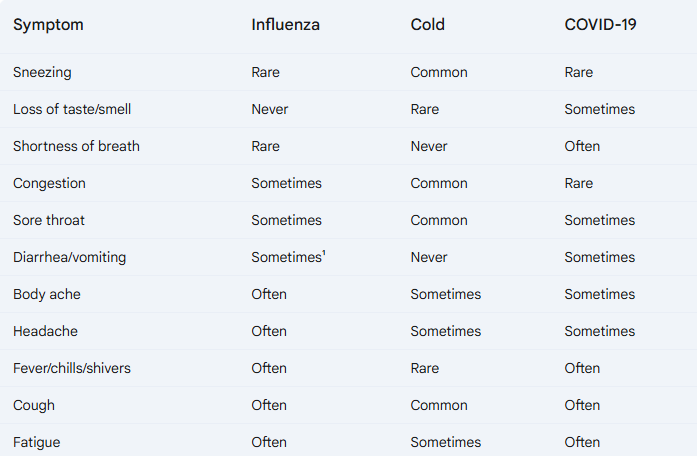Influenza cases in the United States have reached their highest levels in over a decade, with the Centers for Disease Control and Prevention (CDC) reporting widespread flu activity across 44 states. The current flu season, which has already led to at least 24 million illnesses, 310,000 hospitalizations, and 13,000 deaths, is now being characterized as one of the most intense in recent history.
CDC data released Friday shows that flu-related doctor's visits have surpassed peaks recorded in any previous winter flu season since the 2009-2010 H1N1 pandemic. While COVID-19 and RSV appear to be declining in prevalence, influenza cases continue to rise, forcing some school districts to temporarily shut down.
Flu Outbreaks Prompt School Closures
Several states are experiencing severe outbreaks, particularly in the South, Southwest, and Western regions. In Texas, the Godley Independent School District, which serves 3,200 students, closed for three days last week after 650 students and 60 staff members reported flu-related illnesses.
In Texas, the Godley Independent School District temporarily shut down after experiencing a sharp rise in cases. Jeff Meador, a district spokesman, stated that flu cases accounted for most of the illnesses, with some instances of strep throat. He described it as the worst flu season he could recall.
Rochester, New York, has also seen an intense flu season, though some doctors note that this year's outbreak is comparable to previous peaks. Dr. Elizabeth Murray, a pediatric emergency medicine doctor at the University of Rochester Medical Center, said flu is widespread but RSV and COVID-19 remain prevalent, particularly among infants.
"All of the respiratory illnesses are around, with a vengeance," she said.
Flu Activity at Record Levels
The CDC's latest data indicates that 28 states are reporting "very high" flu activity, with a further 15 states classified as having "high" activity. The agency uses wastewater surveillance to track respiratory viruses, with recent reports showing a significant increase in flu markers.
With flu season typically peaking in February, health officials warn that flu activity may continue to rise in the coming weeks.
While health experts stress that flu symptoms overlap with COVID-19, testing is the only reliable way to distinguish between the two.
Flu, COVID-19, and Cold Symptoms: Key Differences

Vaccination Rates Lag Amid Widespread Illness
Despite the intensity of this year's flu season, vaccination rates have stalled. CDC data shows that only 44% of adults have received a flu shot, while pediatric flu vaccination rates have dropped to 45%-down from the usual 50%.
COVID-19 vaccination rates remain low, with only 23% of U.S. adults and 12% of children up to date on their shots as of late January. The government has not yet released estimates on how well this season's flu vaccine is working, though initial reports suggest it is offering protection against the dominant Type A H1N1 and H3N2 flu strains.
Preventative Measures to Reduce Infection Risk
Public health officials recommend several precautions to reduce the risk of contracting the flu:
- Get a flu shot: Vaccination remains the best protection, and it's not too late to receive one.
- Practice good hygiene: Wash hands frequently with soap and water for at least 20 seconds.
- Cover coughs and sneezes: Use tissues or elbows to prevent airborne transmission.
- Avoid touching your face: Germs enter the body through the eyes, nose, and mouth.
- Disinfect high-touch surfaces: Regular cleaning of doorknobs, countertops, and electronics can help limit viral spread.
- Stay home if sick: Individuals experiencing flu symptoms should avoid work and school to prevent spreading the virus.
CDC Monitors New Flu Strain Amid Ongoing Concerns
In addition to monitoring seasonal flu strains, health officials are keeping watch on Type A H5N1, a highly contagious bird flu that has infected millions of animals worldwide. While only 67 human cases have been reported in the U.S., scientists continue to track the virus for potential mutations that could increase transmission to humans.






